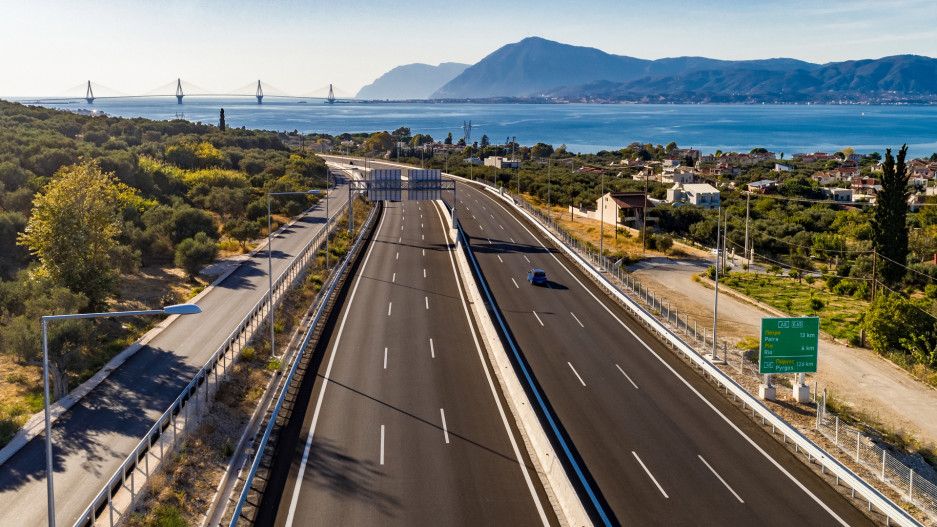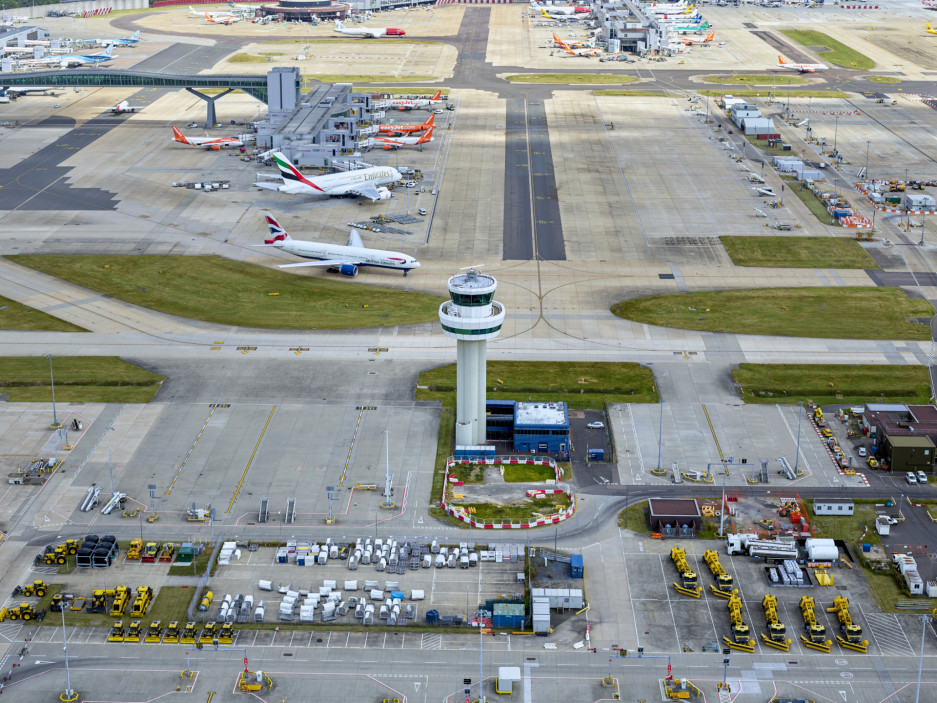
Positive Mobility
eMagMobility: how can we move to a post-carbon future?

Carbon neutrality is the benchmark target for all economic players. At its heart lies the challenge of how to reduce the greenhouse gas emissions their activities generate. How are businesses moving towards a post-carbon future? We take a look at the latest developments and mechanisms being rolled out to help reach the promised land of environmental exemplarity.
Let’s start by explaining what carbon neutrality means. For a business, carbon neutrality involves driving down CO2 emissions as far as possible, and counterbalancing the remainder through investments in carbon offset mechanisms. Zero net emissions is a more far-reaching concept that, theoretically, excludes offset mechanisms, requiring organisations to adopt a more stringent attitude to emissions reduction in order to meet the zero emissions goal. If they cannot achieve it, they are allowed to use natural or technology-driven carbon capture and storage processes.
What about businesses and carbon neutrality?
Not everyone has taken on board the critical nature of the climate emergency, particularly in the business world. In 2019, according to the Ecoact consultancy, 82% of businesses listed on France’s CAC 40 did not have a carbon neutrality strategy.[1] But a number of actors from every sector, from services to food to infrastructure, have made timely and resolute commitments to meeting this objective.
VINCI Concessions, as a major actor in mobility and transport infrastructure and services, has set out an ambitious and proactive carbon emissions roadmap. This vision includes reaching carbon neutrality at sites operated by VINCI Airports in 2030, with a goal of zero net emissions, without offsetting, by 2050. The aviation industry currently accounts for 2 to 3% of global greenhouse gas (GHG) emissions, and 11% of transport industry emissions. Although the number of flights grew massively between 1990 and 2010, with an increase of over 250%, related GHG emissions only rose 30%. And each new generation of aircraft ushers in a new era of energy efficiency.
From carbon-neutral to post-carbon
For these actors, carbon neutrality essentially involves tackling the sources of their CO2 emissions in order to reduce them as far as possible, before then offsetting any residual emissions. Working within a set of benchmark rules and standards such as the UN’s Clean Development Mechanism, carbon offsetting involves financing projects to reduce or capture CO2 in areas outside the scope of an organisation's usual day-to-day activities. But offsetting is not the same as reducing or actively addressing internally generated emissions. These emissions continue to be generated and are simply “counterbalanced”.
Going forward, the task is to transition to a new paradigm that will end our dependency on fossil fuels and eradicate all sources of emissions. This is what can be termed the post-carbon future, very much the promised land in terms of environmental exemplarity.
Towards zero net CO2 airports
As they continue along this trajectory, actors already engaged with working towards carbon neutrality are focusing their actions on three areas: measuring, reducing and optimising, and offsetting. These actions also feature in the Airport Carbon Accreditation (ACA) programme, the industry certification initiative for managing airport carbon emissions. But the airport industry has taken things to the next level, with a commitment to zero net carbon emissions by 2050. Formalised in a 2019 Airports Council International (ACI), resolution, the commitment excludes use of carbon offsetting. Airports that sign up will reduce their absolute CO2 emissions to zero, without offsetting. This bold ambition was ratified by VINCI Airports during the 2019 ACI Europe General Assembly.

Sustainable airport models
VINCI Airports, as an actor at the forefront of its industry and signatory to the ACI commitment, has been taking measures to improve its network’s carbon footprint for several years. With the launch of its Activities Impact Reduction Pact (AirPact) strategy in 2015, VINCI Airports reduced the scope 1 and scope 2 carbon footprint (kg CO2/passenger) at its platforms by 34% between 2013 and 2019. It rolled out a series of concrete actions to meet the target, including widespread installation of photovoltaic panels (Dominican Republic and Salvador de Bahia), switching to LED lighting for every application within the airport perimeter, adding more electric vehicles to its road-going and airside fleets, and replacement of existing heating, ventilation and air conditioning installations with technologies that offer better performance with lower energy use. The group is also looking into switching to e-GPUs to replace conventional GPUs, diesel-powered ground power units that provide electrical power to stationary aircraft. Using e-GPUs would generate a tenth of the CO2 emissions generated by a conventional GPU system. After Toulon Hyères airport in France, a six-month trial is currently underway in Japan at Kansai International Airport’s terminal 2.
Two best-in-class platforms
All its airports in the VINCI Airports network are signed up to the Airport Carbon Accreditation (ACA) programme. Launched by the ACI in 2009, this initiative provides industry actors with a common framework and toolkit for cutting the greenhouse gas emissions in line with four levels of accreditation, verified by an independent third party. All its platforms are now ACA-accredited, two of them at the 3+ level that attests to their carbon neutrality: Lyon-Saint Exupéry (LYS) and London Gatwick (LGW). This is a great performance - although not an end in itself - obtained through a series of wide-ranging actions. At LGW, the main runway beacon lighting, comprising 1,100 lamps, has been all-LED since 2012. Provision for electric vehicles has been massively upgraded, and there are already over 200 outlets for electrical ground support equipment. In October 2018, Gatwick welcomed the world’s first ever commercial flight to be powered partly by sustainable fuel produced from carbon recovered from industrial waste emissions. And all electricity used within the airport perimeter has been renewably sourced since 2013.
VINCI Airports wants to take things further by 2030, halving its absolute carbon footprint.
More than enough for positive mobility to really take off!
[1]https://eco-act.com/fr/performance-reporting-climat/classement-performance-reporting-climat-des-entreprises-du-cac-40/ (in French)